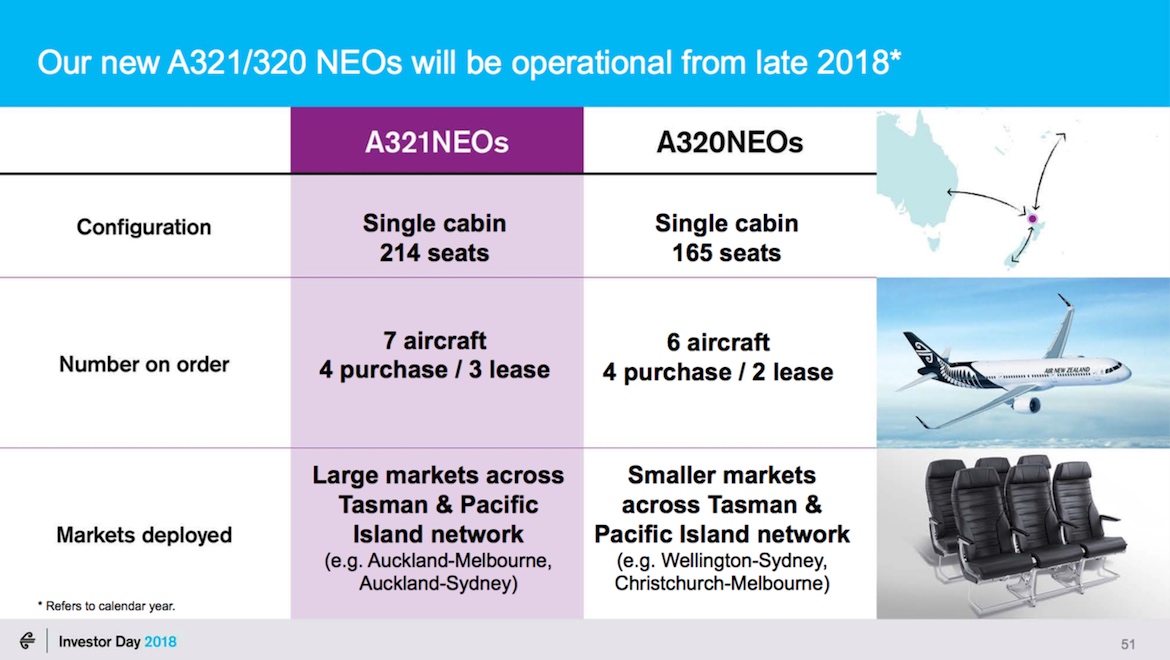
Jetstar group chief executive Gareth Evans says there are a number of potential new routes that could be opened up with the addition of the Airbus A321LR to the fleet in two years time.
Qantas announced in February it had ordered 18 A321LRs for its low-cost-carrier unit Jetstar, with the arrival of the first aircraft scheduled for mid-2020.
The A321LRs will be the first aircraft to be delivered from the Qantas Group’s longstanding order for 99 A320neo family aircraft, which will be powered by CFM LEAP 1-A engines.
At the time of the announcement, Qantas said the A321LR would be able to operate Jetstar’s Melbourne and Sydney to Bali routes, freeing up Boeing 787-8s to be redeployed to other destinations in China, Thailand and Vietnam, as well as Honolulu in the United States.
Evans said on Wednesday Bali was certainly not the only destination Jetstar could serve with the next generation Airbus narrowbody.
“There’s potentially others as well,” Evans told delegates at the CAPA – Centre for Aviation Australia and Pacific summit in Sydney.
“Our network people are having a field day trying to work out where the opportunities are and they’ve got a few ideas as well.”

A321LR currently in flight testing phase
The A321LR (which is also known as the A321neoLR) began flight testing earlier in 2018. Entry-into-service and certification was expected before the end of calendar 2018.
The aircraft has a maximum takeoff weight of 97 tonnes – compared with 93.5 tonnes for the A321 – a maximum seating capacity of 244 passengers and a range of up to 4,000nm.
In a local context, that puts almost all of mainland Australia potentially within range from numerous cities in Asia such as Manila-Melbourne (3,397nm), Perth-Chennai (3,384nm), Singapore-Sydney (3,396nm) or Auckland-Denpasar (3,641nm).

As part of the 100-hour flight test program, the A321LR in March operated a nonstop flight from Mahe in the Seychelles islands to Toulouse, covering a total distance of 4,750nm in 11 hours.
In addition to the 16-member flight test crew, the cabin also included 162 “human heat-replicating dummy passengers”, Airbus said on April 11.
VIDEO: A look at the A321LR’s first flight in January from Airbus’s YouTube channel.
Evans: A321LR to have similar network impact at Jetstar as 787 did at Qantas
The A321LR would give Jetstar a flexible aircraft capable of operating domestically in Australia during the day and then an overnight international service from Australia’s east coast to Bali or an international route of similar stage length.
Evans said there was much work and planning currently underway for the mid-2020 entry into service of the A321LR, which he described as a “small aircraft with a very competitive unit cost that can go a long way”.
“So not only do you get the inherent benefits of that but geography gives us unique use cases,” Evans said.
“It’s similar to what Qantas has done with the 787s, get all the inherent benefits of that plane but you get this massive network benefit because of our geography.
“But as we all know the industry changes quickly and so we won’t make any final decisions exactly where we are going to fly them and how until we get quite a lot closer.”
Asked whether the A321LR had the economics to allow Jetstar to offer some new routes from regional ports, Evans said: “Regional points out of Australia? This is the aircraft that can allow us to do that.”
“There’s probably a number of places that you could imagine . . . out of Australia where you are not going to serve Bali for example with a 787, it’s just too big. But an A321 absolutely gets you into that range.”
Jetstar did start an A320 service from Townsville to Bail in September 2015. However, it ended the route in March 2018.
Elsewhere in this part of the world, Air New Zealand was due to receive the first of seven A321neo aircraft later in 2018. It also has six A320neos on order.
Its A321neos will have 214 seats in a single-class configuration, an increase of 46 seats from the 168-seat A320ceos currently operating on the airline’s trans-Tasman and Pacific Islands services. The airline has chosen the Pratt and Whitney PW1100G engine for its A320neo and A321neo.

Tigerair Australia is another A320 operator in Oceania. However, the Virgin Australia-owned low-cost carrier is transitioning to the Boeing 737-800.
Philippine Airlines became the first operator to fly the A321neo to Australia on July 3, when flight PR221, operated by RP-C9930, touched down at Brisbane Airport a little after 0900, following its seven and a half hour journey from Manila’s Ninoy Aquino International Airport.

Airbus has delivered its first A321neo with Airbus Cabin Flex
The A321neos also feature Airbus Cabin Flex (ACF), which allows a customised door configuration depending on the capacity requirements of the airline.
At its maximum 240-seat configuration, the A321neo ACF has three sets of standard doors (Doors 1 at the front of the aircraft, Doors 3 aft of the wing and Doors 4 at the rear) as well as two sets of over wing exit doors.
This compares with the four sets of standard doors on the current A321ceo/A321neo variants now flying.
Meanwhile, airline customers are able to order the aircraft with one or both sets of overwing exit doors deactivated, with four sets of standard doors or with Doors 3 deactivated, should they not require the full 240-seat capability of the A321neo ACF.
Airbus has said previously the A321neo ACF was available as an option today and would become standard for all A321neos in 2020.
The first A321neo ACF was delivered to Turkish Airlines in mid-July.

















Don
says:You mention Tiger are removing its Airbus fleet? Id advise AA to grill Tiger over this one because it’s now 5 years since announced on what appears to be going nowhere?
Harrison
says:I Hope They Start Perth-New Zealand Flights With This Aircraft